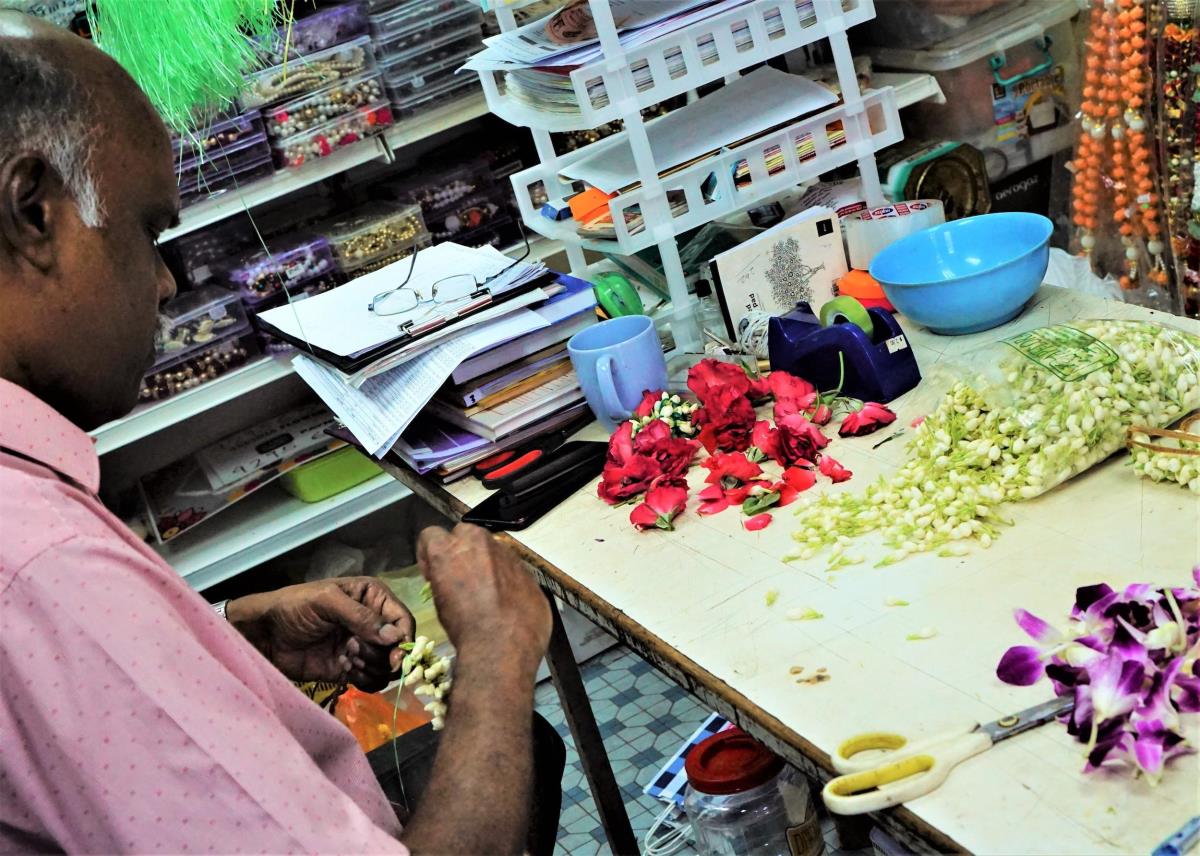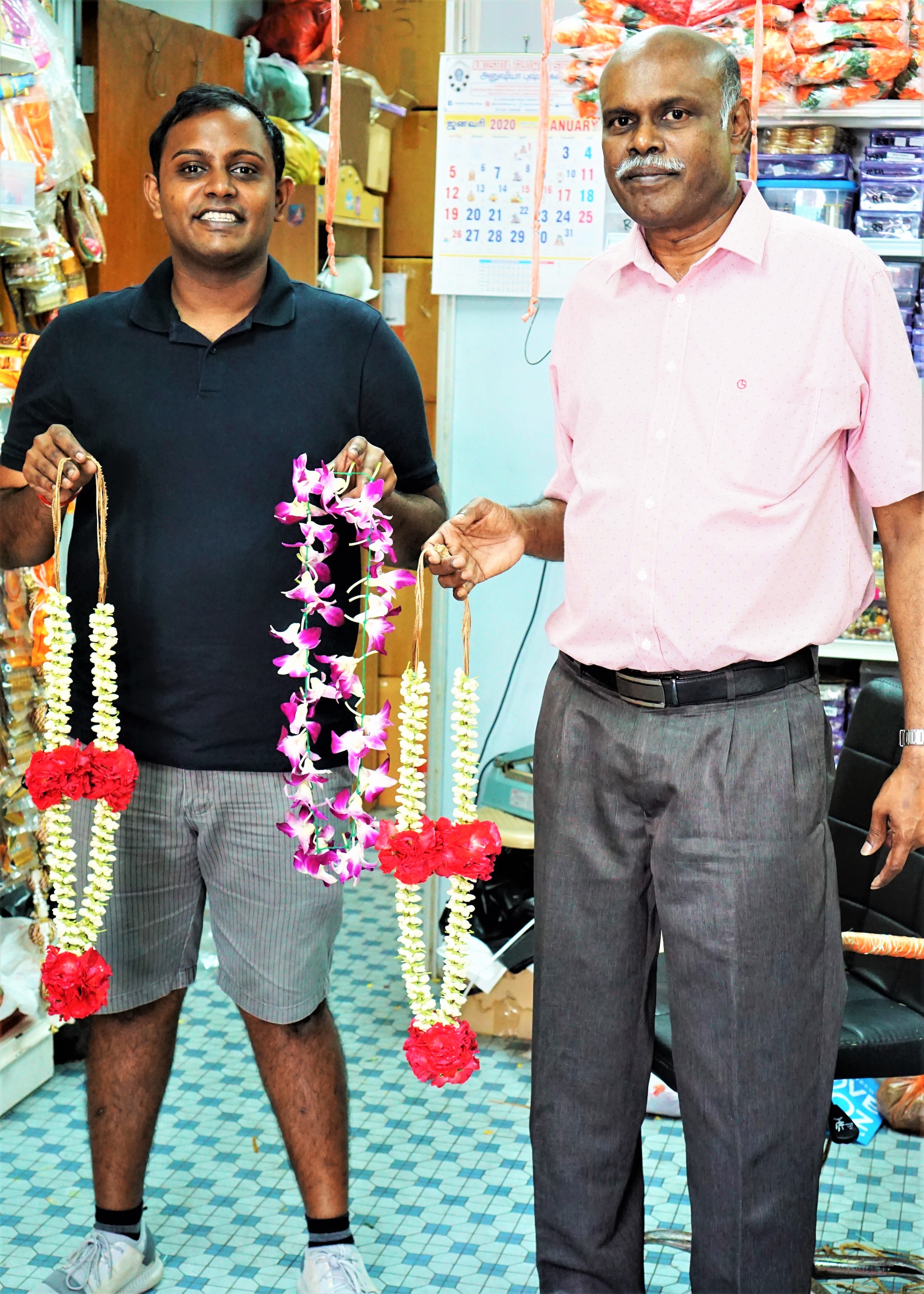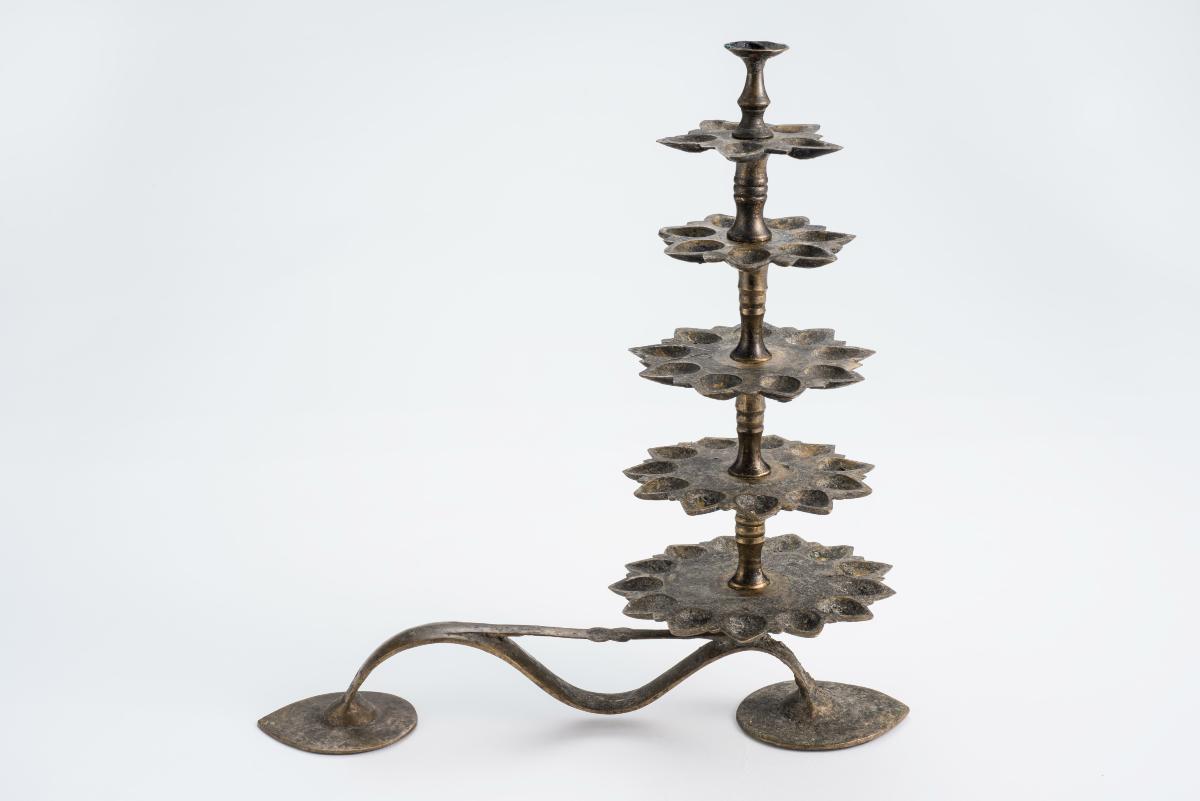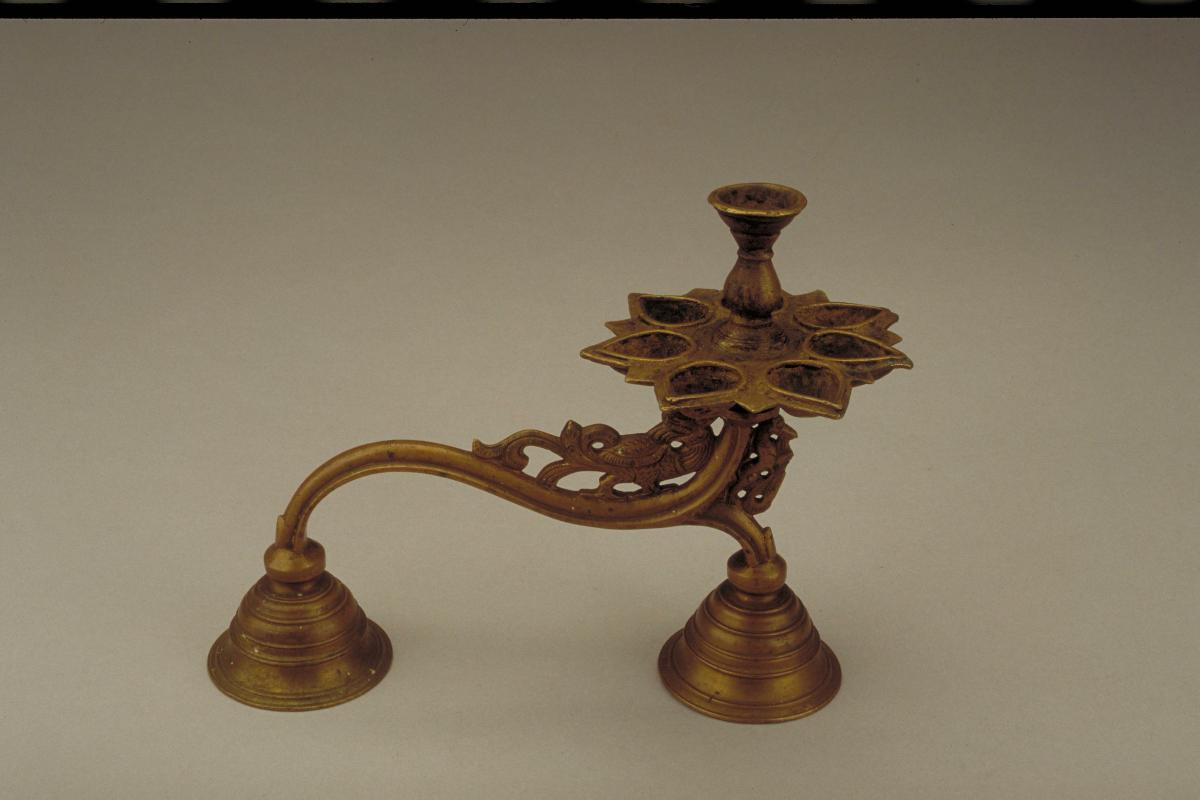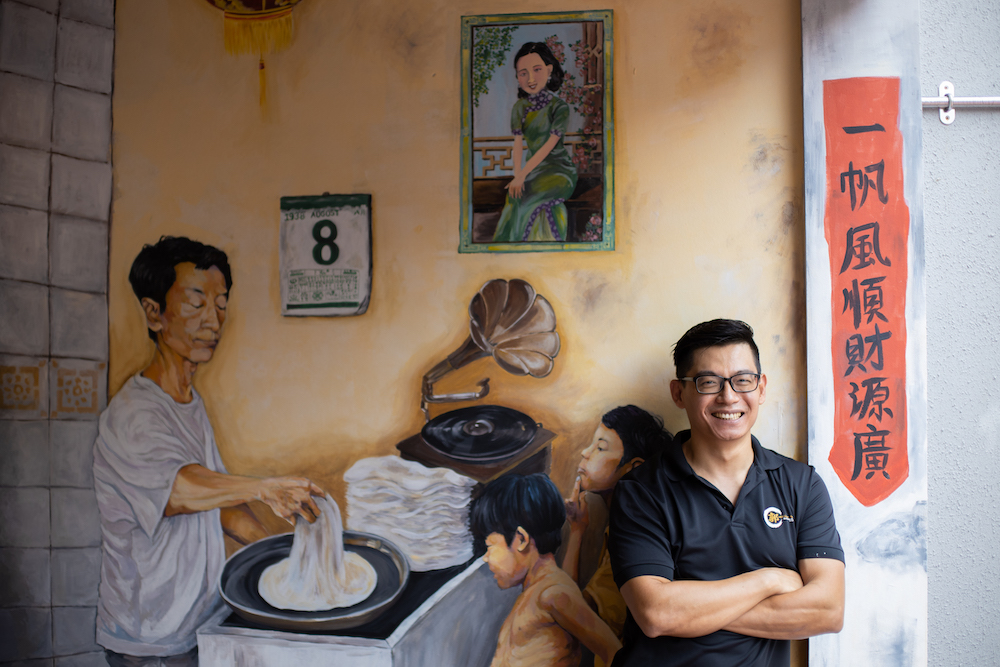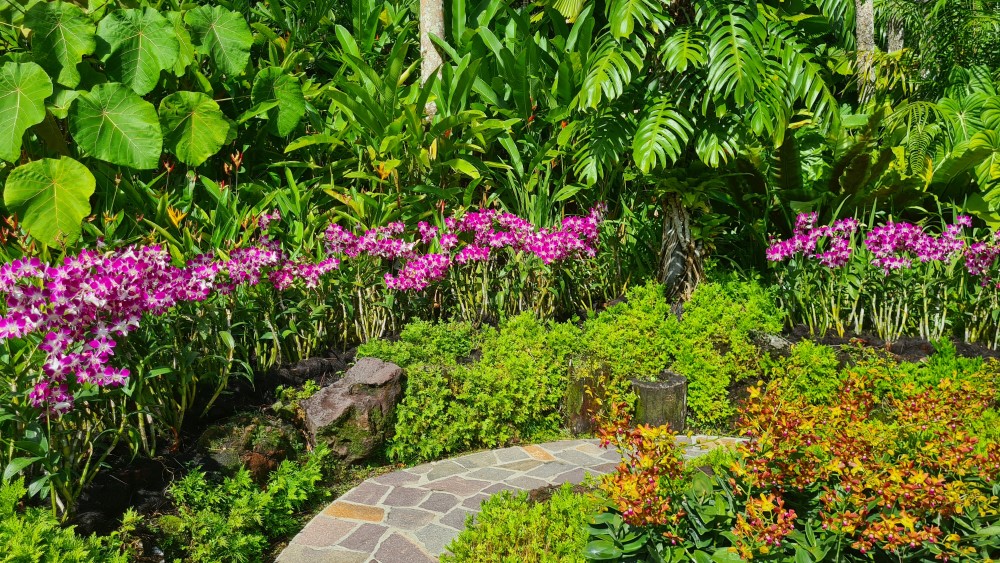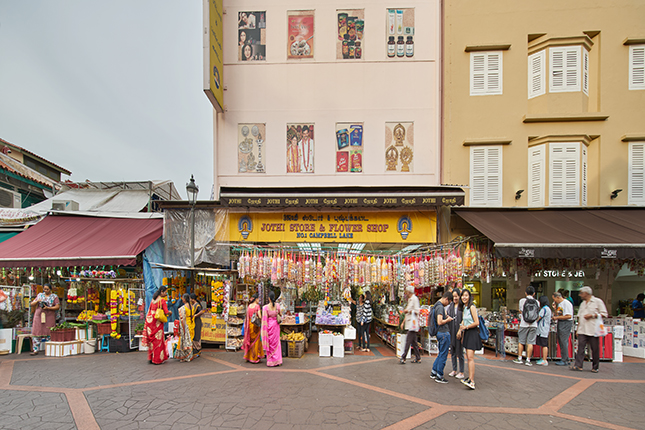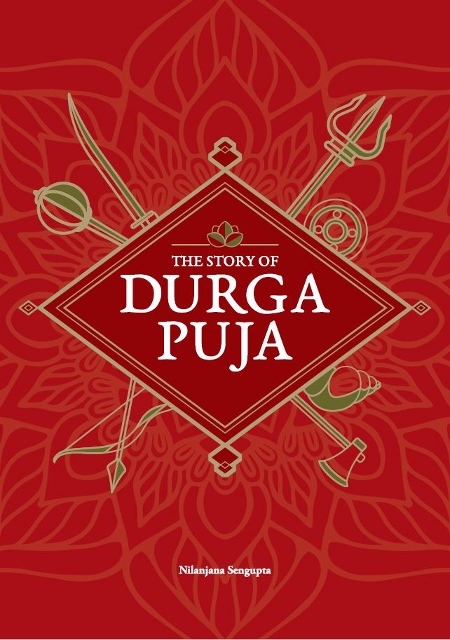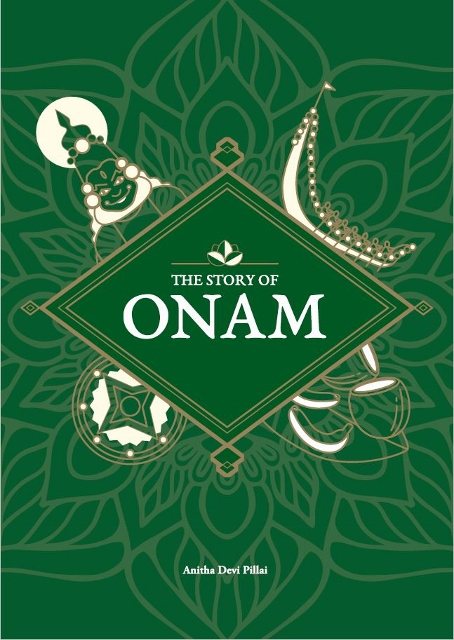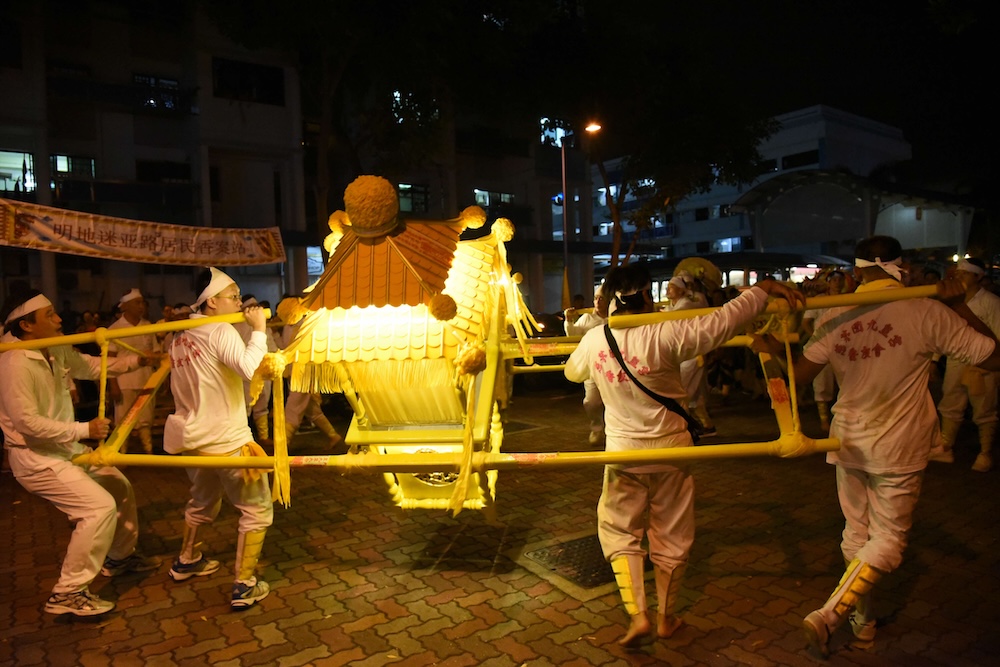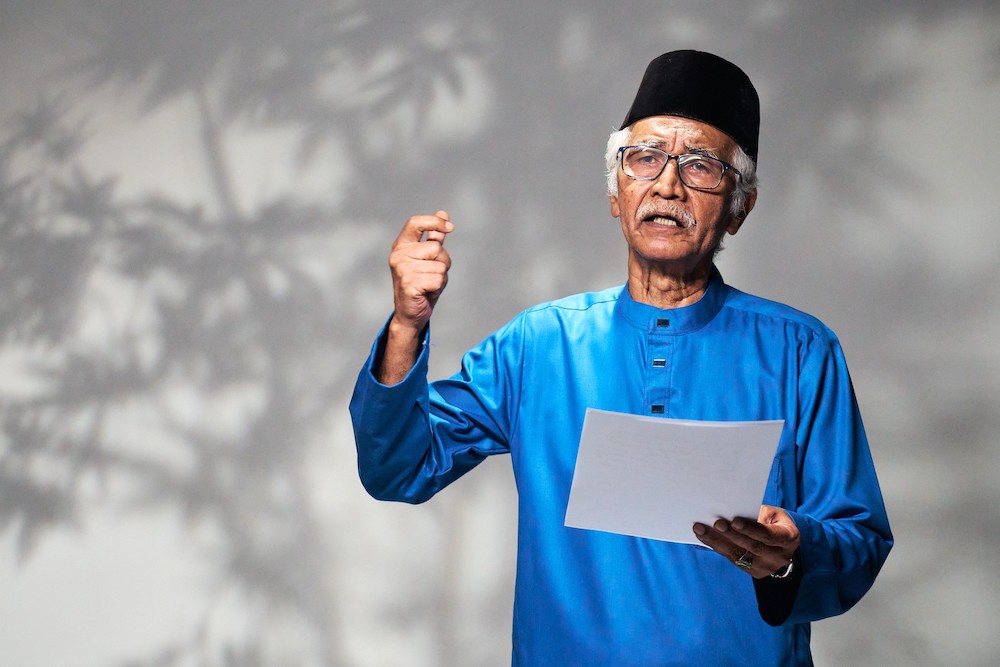Making of Flower Garlands
Flowers play a central role in Hindu religious and cultural practices, and significant life events. Whether in temples or at home, flower garlands are frequently used in worship, which is also known as puja (“worship” in Sanskrit). Garlands of various flowers and leaves are offered to deities and adorn their statues or images. In other religious, cultural and secular functions, flower garlands are used for decorative purposes and also presented to people as a sign of blessing and honour.
Geographic Location
The craft of making flower garlands originated in the Indian subcontinent and has spread throughout the world with the Indian – particularly Hindu – diaspora. In Singapore, flower garlands and other puja items are often sold near Hindu temples or at designated areas within temple premises. Besides the five-foot-ways of Little India, there are also flower garland makers in heartland neighbourhoods across the island.
Communities Involved
The making and use of flower garlands are primarily associated with the Hindu community in Singapore. Apart from rituals and worship, flower garlands are used in festivals like Pongal and Deepavali, as well as significant life events such as weddings.
Associated Social and Cultural Practices
In puja, the draping of flower garlands on the deity’s image represents the devotee’s obeisance and piety. For garlands used in religious worship, flowers and leaves are selected according to their characteristics and properties. Although there are no restrictions on the type of flowers used in these celebrations, popular fragrant varieties would include jasmine, rose, tuberose, and chrysanthemum.
Apart from flowers, leaves and grasses are also used to make garlands for deities. For example, tulasi (holy basil) is the preferred offering for Krishna and Vishnu, vilvam (bael) for Shiva, arugampul (Bermuda grass) for Ganesha, and neem leaves for Mariamman. On the other hand, orchids, due to their colour and relatively neutral scent, are the preferred flowers used in garlands for secular events. After the puja, the flowers used are considered as prasadam (divine substance) and are distributed to devotees.
Hindus may also don flower garlands in other religious functions and festivals, such as Deepavali and Pongal. For instance, kavadi bearers and devotees sometimes wear garlands during the street processions of Thaipusam and Panguni Uthiram. At a Tamil Hindu wedding, the couple exchanges flower garlands as a sign of union and mutual trust.
Garlands are made not only to adorn deities and individuals; they are also used to beautify the spaces and objects. On special occasions, the frame of the main entrance of homes may be decorated with a thoranam (a garland usually comprising mango leaves and flowers) as a symbol to welcome auspiciousness. In accordance with traditional Indian customs, initiation ceremonies and commencement of new activities – be it a rite of passage, acquisition of new vehicles and homes, or opening of new businesses – are often graced by the use of garlands.
Since the flowers to be offered in puja must be fresh, unsold flowers are properly discarded so that they “return” to nature, such as disposing them at the base of a tree or in a flower compost. The perishable nature of a garland is indicative of the fragility of human sentiments. Nonetheless, despite their short-lived lifespan, garlands remain a medium to express sentiments of purity, honour, goodwill, love, and beauty.
Experience of a Practitioner
Mr Prabu Raj has over twenty years of experience in the garland-making business and is the owner of Prabu’s Flower & Tradings at Clementi West Street 2. He first learnt the craft at the age of 16 from a friend, with continuous training on the basics of tying small flower garlands for five to six hours a day over a month. Thereafter, he proceeded with more advanced techniques for larger flower garlands taking at least two to three months to be familiarised with it.
His inventory of flowers includes a variety such as roses, orchids, jasmine, and garland types such as arugampul (Bermuda grass), erukkam poo (crown flower), and shenbaga poo (magnolia). The arugampul and erukkam poo garlands are typically used in the worship of the Hindu elephant-deity Ganesha, while the shenbaga poo garland is commonly used in wedding rituals. Mr Prabu supplies flower garlands to several Hindu temples for daily rituals and prayers, and to customers from both within and outside the Indian community for various rituals and purposes such as VIP welcome ceremonies, weddings, and funerals.
Mr Prabu believes that it is important to learn how to make flower garlands by hand, and wants to encourage the younger generation to take up this skill. He has since started to impart the craft and skills onto his 18-year-old nephew, in hopes that this traditional craft and business be carried on by the next generation.
Present Status
The demand for flower garlands remains high in Singapore, particularly during Hindu religious festive periods. While there are concerns about the declining industry, some entrepreneurial business owners – including Mr Jayaselvam – have made attempts to stay current by bringing their flower garland making businesses onto digital platforms.
References
Reference No.: ICH-093
Date of Inclusion:November 2020; Updated March 2023
References
Chatterjee, G. Sacred Hindu Symbols. Delhi: Abhinav Publications, 2001.
Goody, J. The Culture of Flowers. Cambridge: Cambridge University Press, 1993.
Mazumdar, S. and Mazumdar, S. ‘Of Gods and Homes: Sacred Space in the Hindu House’. Environments, no. 22 (2) (1994), 41–53.
Scheifinger, H. Hindu Worship Online and Offline. New York: Routledge, 2012.
Siddique, S., and N. Puru Shotam. Singapore's Little India: Past, Present and Future. Singapore: Institute of Southeast Asian Studies, 1982.
Sinha, V. ‘“Merchandizing” Hinduism: Commodities, Markets and Possibilities for Enchantment’. In Religious Commodifications in Asia, edited by P. Kitiarsa, 183–199. New York: Routledge, 2007.
Sinha, V. Religion and Commodification: ‘Merchandizing’ Diasporic Hinduism. New York and London: Routledge, 2011.
Srinivas, T. ‘Divine Enterprise: Hindu Priests and Ritual Change in Neighbourhood Hindu Temples in Bangalore’. South Asia: Journal of South Asian Studies, no. 29 (3) (2006), 321–343.
Zotter, A. ‘Scent of a Flower: Notes on Olfaction in Hindu Worship’. In Exploring the Senses: South Asian and European Perspectives on Rituals and Performativity, edited by A. Michaels, and C. Wulf, 187–205. New York: Routledge, 2014.




